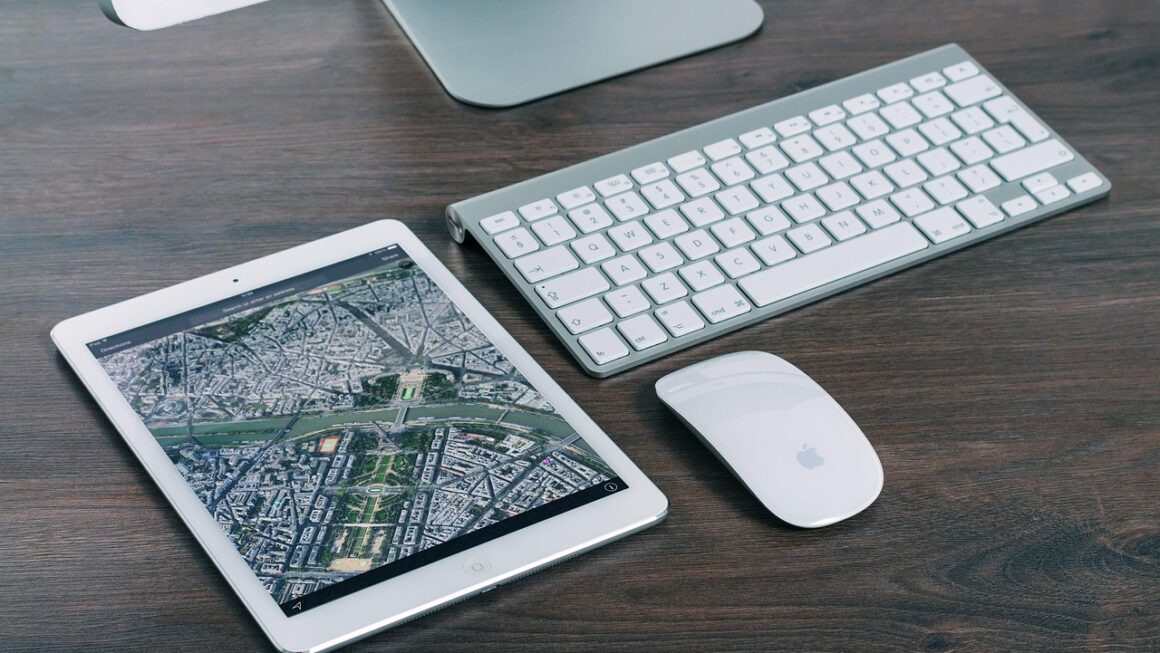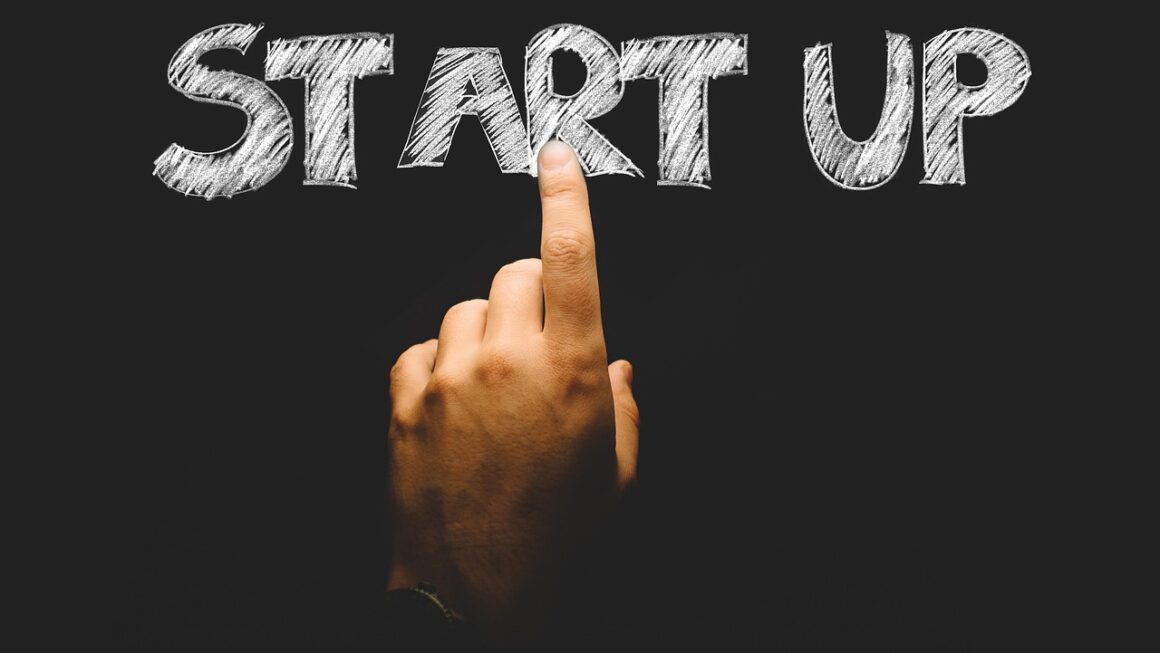In today’s hyper-connected world, it’s easy to feel overwhelmed by the constant stream of notifications, emails, and social media updates. Digital minimalism offers a pathway to reclaiming your focus, time, and ultimately, your life. It’s about intentionally and selectively choosing the digital tools you use and how you use them, aligning your technology with your values and priorities. This post will explore the principles of digital minimalism, its benefits, and how you can start your journey towards a more intentional and fulfilling digital life.
Understanding Digital Minimalism
Digital minimalism isn’t about ditching technology altogether; it’s about using it in a way that supports your goals and values. It’s a philosophy of intentionally questioning every digital tool in your life and only keeping those that truly serve you.
What Digital Minimalism Is and Is Not
- Digital Minimalism IS:
Intentional use of technology.
Aligning technology with your values.
Maximizing the benefits of technology while minimizing the downsides.
Creating space for meaningful activities and relationships.
- Digital Minimalism IS NOT:
Completely abandoning technology.
Luddism or technophobia.
A one-size-fits-all approach.
A rigid set of rules.
The Core Principles
Digital minimalism is built upon a few key principles:
- Intentionality: Every technology you use should have a clear purpose and add value to your life.
- Selective Use: Choose only the technologies that genuinely enhance your well-being and productivity.
- Mindful Engagement: Be present and aware when using technology, avoiding mindless scrolling and multitasking.
- Reclaiming Time: Free up time and attention for activities that bring you joy and fulfillment.
The Benefits of Digital Minimalism
Adopting a digital minimalist lifestyle can lead to numerous benefits, impacting your mental health, productivity, and overall well-being.
Improved Mental Health
- Reduced Stress and Anxiety: Constant notifications and information overload can trigger stress and anxiety. Digital minimalism helps you filter out the noise and focus on what matters.
- Increased Focus and Concentration: By minimizing distractions, you can improve your ability to focus on tasks and enter a state of flow.
- Better Sleep Quality: Limiting screen time before bed can improve sleep quality and reduce insomnia. Studies have shown a strong correlation between screen time and sleep disturbances.
- Reduced FOMO (Fear of Missing Out): Less time on social media means less exposure to curated and often unrealistic portrayals of other people’s lives, reducing feelings of inadequacy and envy.
Enhanced Productivity
- Increased Efficiency: By eliminating distractions, you can accomplish more in less time.
- Improved Time Management: Digital minimalism encourages you to be more intentional with your time and allocate it to meaningful activities.
- Greater Focus on Deep Work: Creating dedicated time for focused work, free from interruptions, can lead to higher-quality output and increased creativity.
Strengthened Relationships
- More Quality Time with Loved Ones: Less time spent on digital devices means more time for face-to-face interactions and meaningful connections with family and friends.
- Improved Communication Skills: By practicing active listening and engaging in real-life conversations, you can strengthen your communication skills and build stronger relationships.
- Increased Presence in Social Situations: Being fully present in social settings allows you to connect with others on a deeper level and create lasting memories.
Starting Your Digital Declutter
Embarking on a digital minimalism journey starts with a decluttering process, where you identify and eliminate the digital tools that are not serving you well.
The 30-Day Digital Declutter
Cal Newport, in his book “Digital Minimalism,” proposes a 30-day digital declutter as the first step:
Evaluating Your Digital Tools
During the declutter period, reflect on the role of each technology in your life:
- Does it align with your values? (e.g., creativity, connection, learning)
- Does it enhance your relationships?
- Does it contribute to your goals?
- Does it improve your well-being?
- What are the negative impacts? (e.g., time wasted, feelings of anxiety, distraction)
Setting Boundaries and Rules
After the declutter, establish clear boundaries and rules for using the technologies you choose to keep:
- Designated times for checking email and social media: Instead of constantly monitoring notifications, schedule specific times to engage with these platforms.
- No-phone zones: Create areas in your home where technology is not allowed, such as the bedroom or dining table.
- App limits: Use app timers to limit your daily usage of addictive apps.
- Notification management: Turn off unnecessary notifications to reduce distractions.
- Mindful scrolling: Be conscious of how you’re using social media and avoid mindless scrolling.
Maintaining a Digital Minimalist Lifestyle
Digital minimalism is not a one-time fix; it’s an ongoing practice that requires continuous reflection and adjustment.
Regularly Reviewing Your Digital Habits
- Monthly or quarterly check-ins: Take time to review your digital habits and evaluate whether your technology use is still aligned with your values and goals.
- Identifying new distractions: Be aware of new technologies or platforms that might be vying for your attention and evaluate their potential impact on your life.
Cultivating Offline Activities
- Rediscovering hobbies: Engage in activities that bring you joy and fulfillment outside of the digital world, such as reading, hiking, painting, or playing a musical instrument.
- Spending time in nature: Connect with the natural world to reduce stress and improve your overall well-being. Studies show spending time in nature lowers cortisol levels.
- Building meaningful relationships: Prioritize face-to-face interactions and cultivate deeper connections with family and friends.
Practicing Mindfulness and Presence
- Mindful technology use: Be present and aware when using technology, avoiding multitasking and distractions.
- Digital sabbaths: Dedicate a day or weekend each week to unplug from technology and focus on offline activities.
- Meditation and mindfulness exercises: Practice mindfulness to improve your ability to focus and manage distractions.
Conclusion
Digital minimalism is a powerful approach to reclaiming your time, attention, and well-being in an increasingly digital world. By intentionally choosing the technologies you use and how you use them, you can align your digital life with your values and priorities, leading to a more fulfilling and meaningful existence. Start with a digital declutter, set clear boundaries, and continuously review your habits to maintain a digital minimalist lifestyle. The journey towards a more intentional digital life is a rewarding one, leading to improved mental health, enhanced productivity, and stronger relationships.




